When you connect your laptop to a new Wi-Fi network, it's never enough for Windows to just connect you and be done with it. It always asks you this rather cryptic question about whether you want your PC to be discoverable on the network, with a warning that you shouldn't do it if you're sitting at a Starbucks, or something. 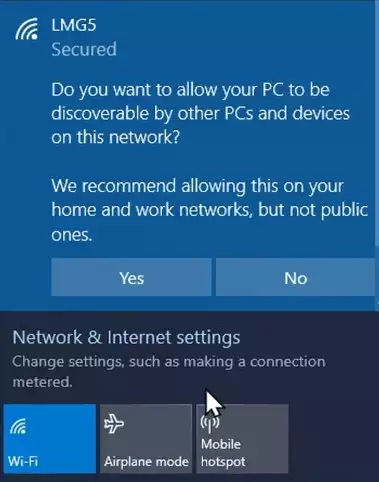 But many folks have never quite understood what picking one option over the other one means, and even more frustrating is that, if you click the wrong thing, or click away from it, it's very difficult to find that prompt again.
But many folks have never quite understood what picking one option over the other one means, and even more frustrating is that, if you click the wrong thing, or click away from it, it's very difficult to find that prompt again.
So basically, what it comes down to is whether you want to use file and device sharing, for devices it would commonly be something like a printer, on your local network. And lots of people never bother with this, but it can be useful. So let's have a look at what answering that question Yes or No actually does, and how to take advantage of the associated features.
If you tell Windows that you don't want your computer to be discoverable, it won't let any other devices on the network see any files or devices that you're sharing either, and this is simply meant as another layer of protection if you're on a strange network, like one at an airport, library, or Tinder date's apartment who you just met, like, an hour ago.
But, if you answer Yes, it will allow you to share those things on whatever network you're connected to. So, how do you get that set up?
Well, unfortunately, Windows doesn't make it super obvious, and the Homegroup feature that was meant to make file sharing a bit more straightforward was axed in Windows 10 because, ironically, nobody used it. The easiest way to share things locally is to create a folder containing everything that you'd like your friends, or roommates, or whoever to have access to. And you can do this after creating and filling up the folder by right-clicking on it, then going Give access to, then selecting Specific people. 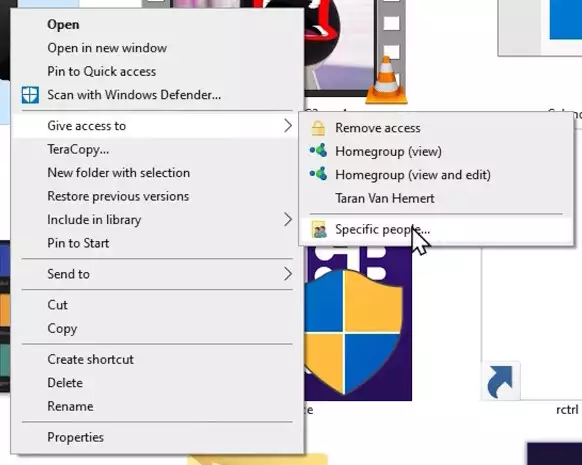 You'll see a menu pop up, and in that dropdown box you can select Everyone if you just wanna share that folder broadly with everyone on your local network, though it's very important to be sure to select what permission level you'd like to give other users.
You'll see a menu pop up, and in that dropdown box you can select Everyone if you just wanna share that folder broadly with everyone on your local network, though it's very important to be sure to select what permission level you'd like to give other users. 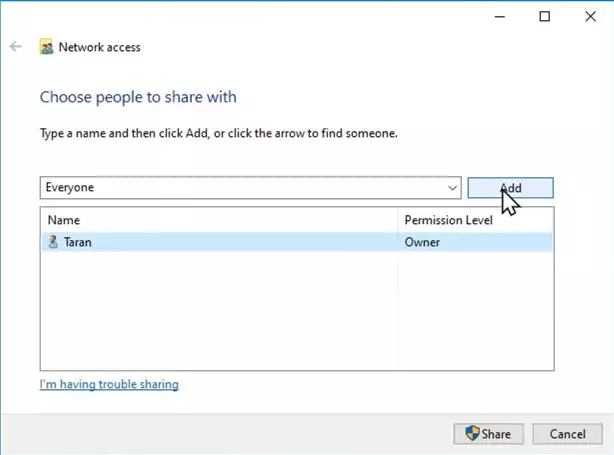 You can select Read if you don't want anyone modifying the files, like if you're sharing a game cache or something. Then, all you need to do is click Share, and you'll be given a path to send to the other users on your network. Just have them type it into the File Explorer address bar, et voilà, your files are now available network-wide.
You can select Read if you don't want anyone modifying the files, like if you're sharing a game cache or something. Then, all you need to do is click Share, and you'll be given a path to send to the other users on your network. Just have them type it into the File Explorer address bar, et voilà, your files are now available network-wide.
If, instead, you only want to share with certain people, you can make another user account on your computer with a password, and then type that username into the box in the sharing window. Then you can give those credentials to whomever you want to have access to the files, and when they access the appropriate path, they'll be asked to enter them.
But what about sharing a printer? This is actually a little more straightforward, even if the setting itself is buried a little bit. Go to your main Windows 10 Settings app, select Devices, then Printers & scanners. Whichever printer is connected to your local PC should pop up, you just select it and click on Manage.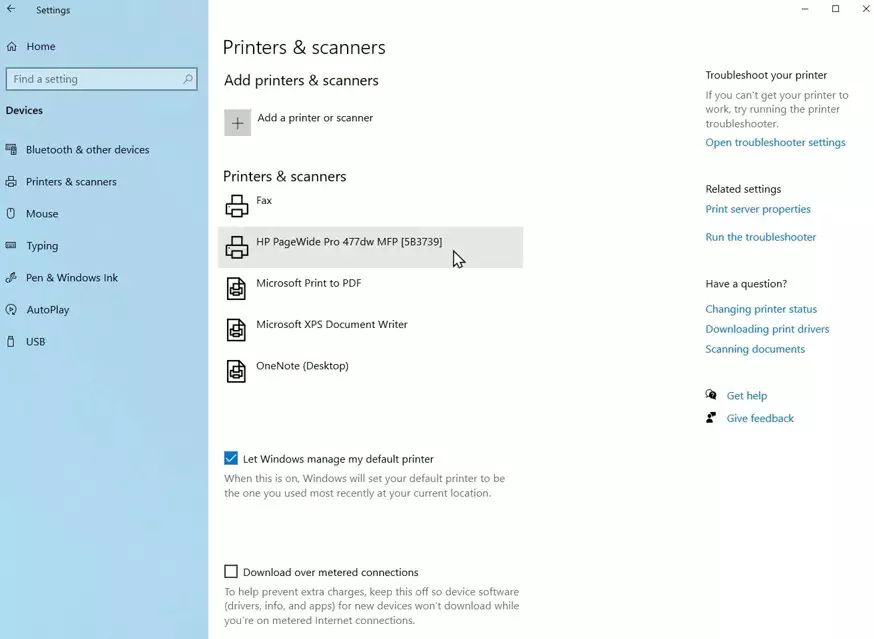 Now, annoyingly, you don't get a nice, big button that says Share. So instead, you need to click on Printer properties, and in the box that pops up you should see a tab up top labeled Sharing.
Now, annoyingly, you don't get a nice, big button that says Share. So instead, you need to click on Printer properties, and in the box that pops up you should see a tab up top labeled Sharing. 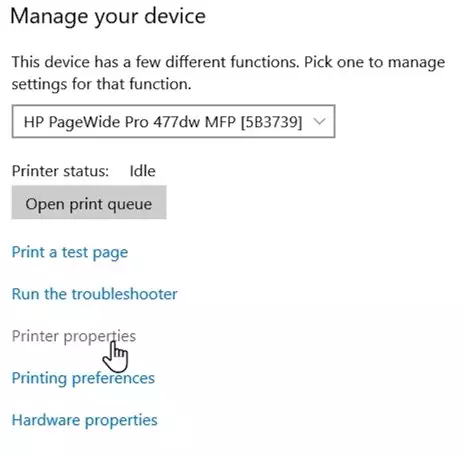 Click it, then check the box that says Share this printer. Give it a funny name, or just anything that people on your network will recognize, then click OK.
Click it, then check the box that says Share this printer. Give it a funny name, or just anything that people on your network will recognize, then click OK. 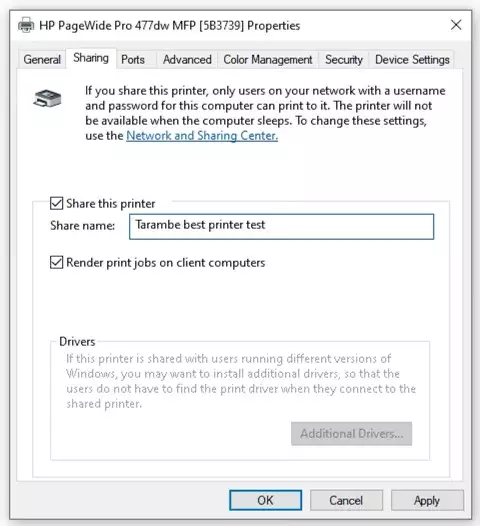 Now, as long as the host computer is turned on, anyone on the network should be able to add the printer from that same Printers & scanners menu by clicking "The printer I want isn't listed", then entering the path in this format or just browsing for it.
Now, as long as the host computer is turned on, anyone on the network should be able to add the printer from that same Printers & scanners menu by clicking "The printer I want isn't listed", then entering the path in this format or just browsing for it.
Now, I know that there are more advanced and more secure ways to share files and printers across a network, which I'm sure our viewers will be happy to discuss in the comments. But hopefully this guide has demystified the topic a bit, and will help get you up and running. As for me, I'm not gonna bother, because I never learned to share as a kid, and besides, printer ink is expensive.
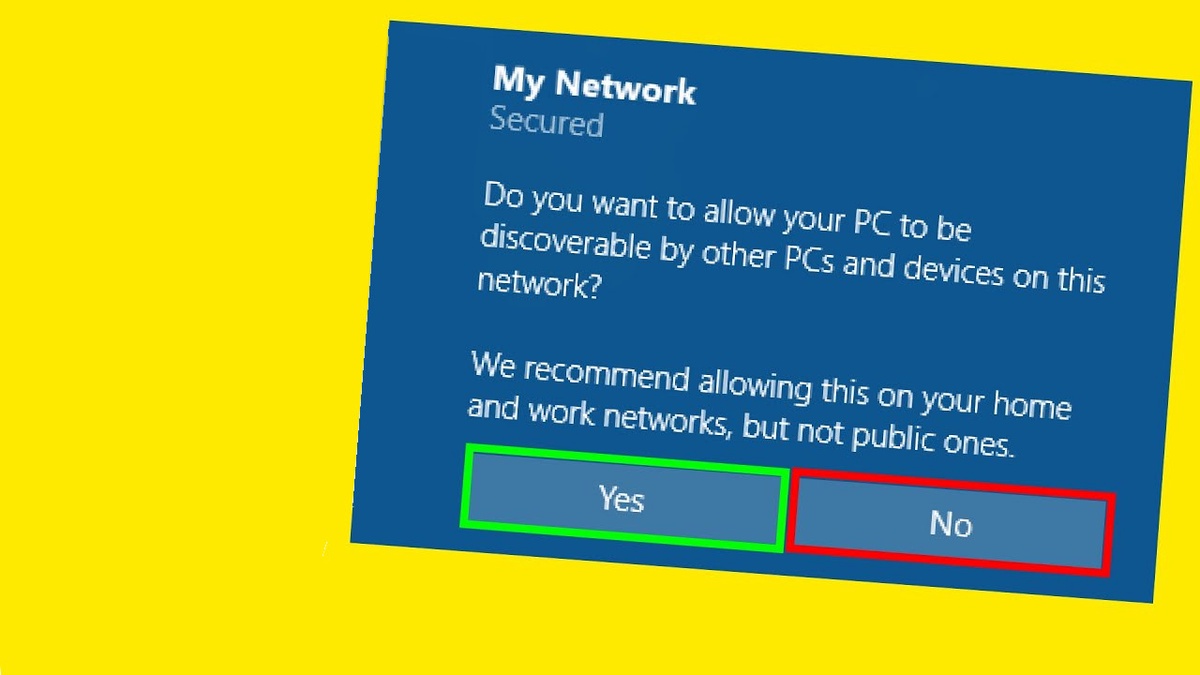

No comments yet